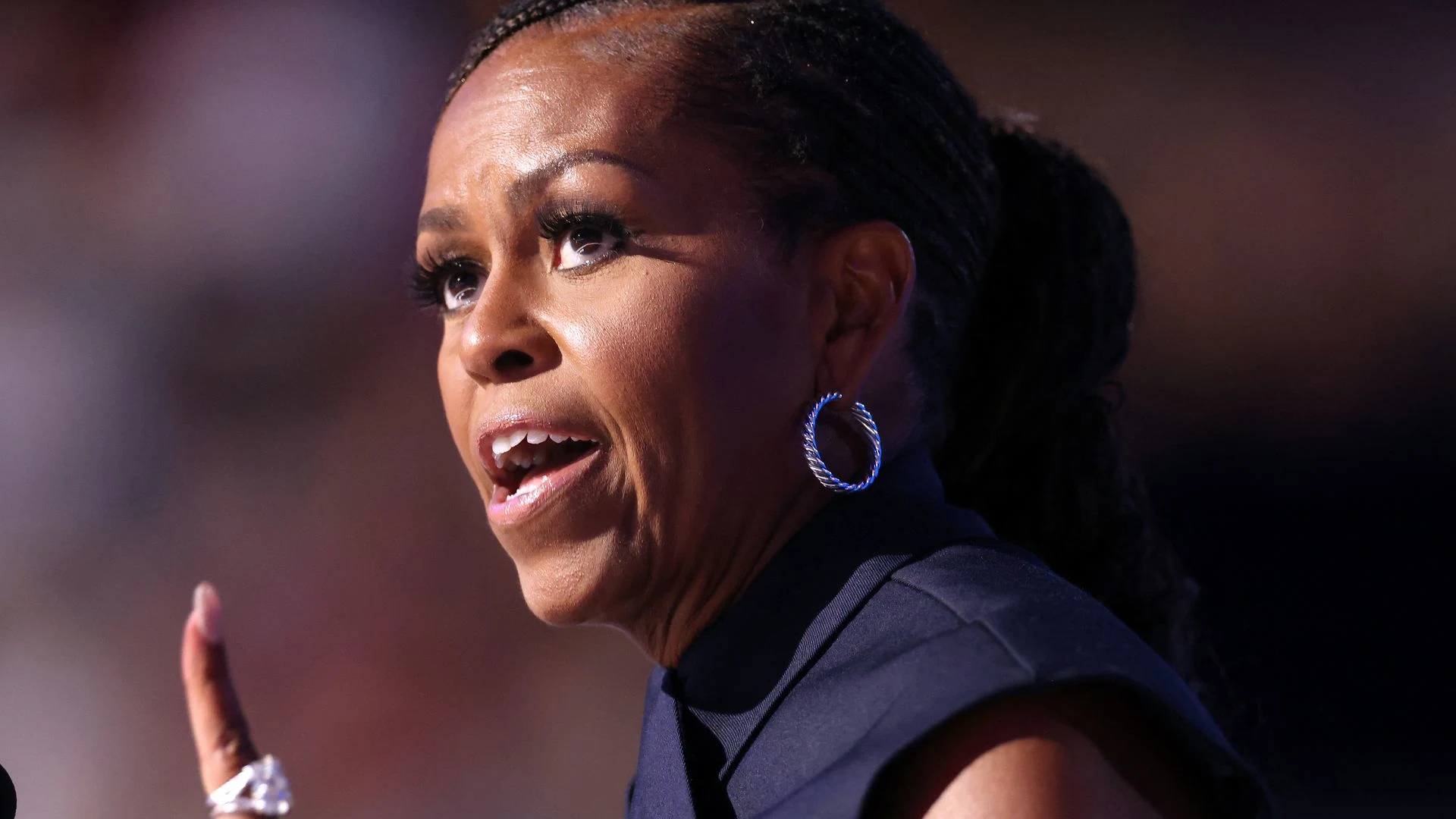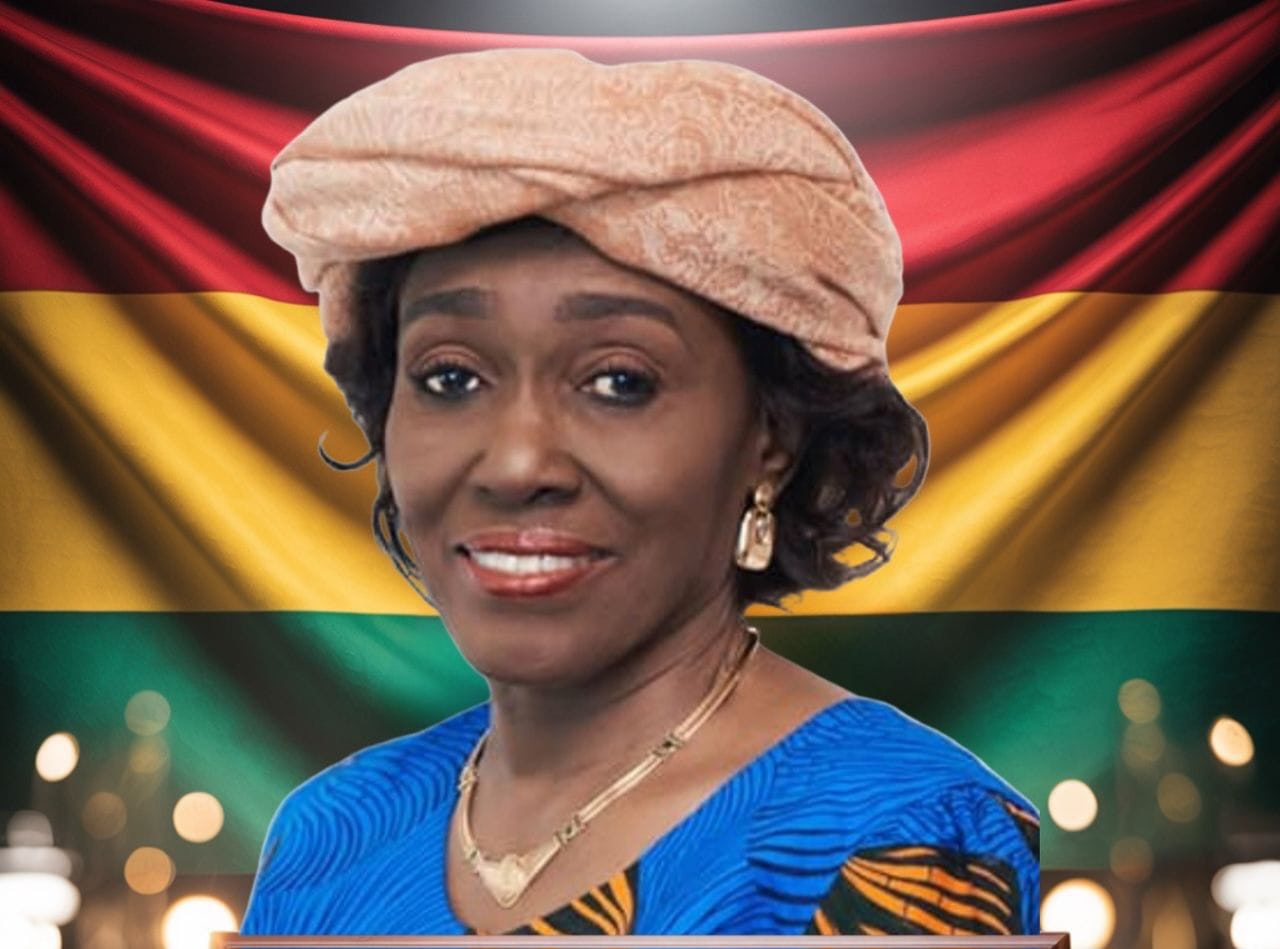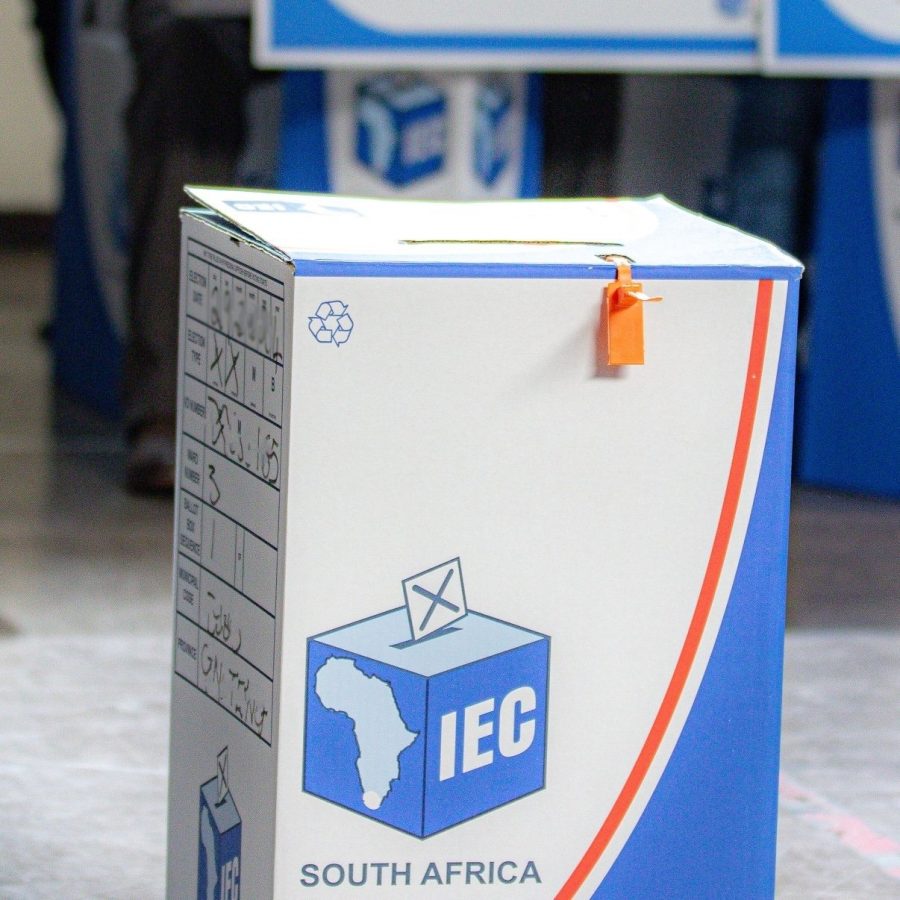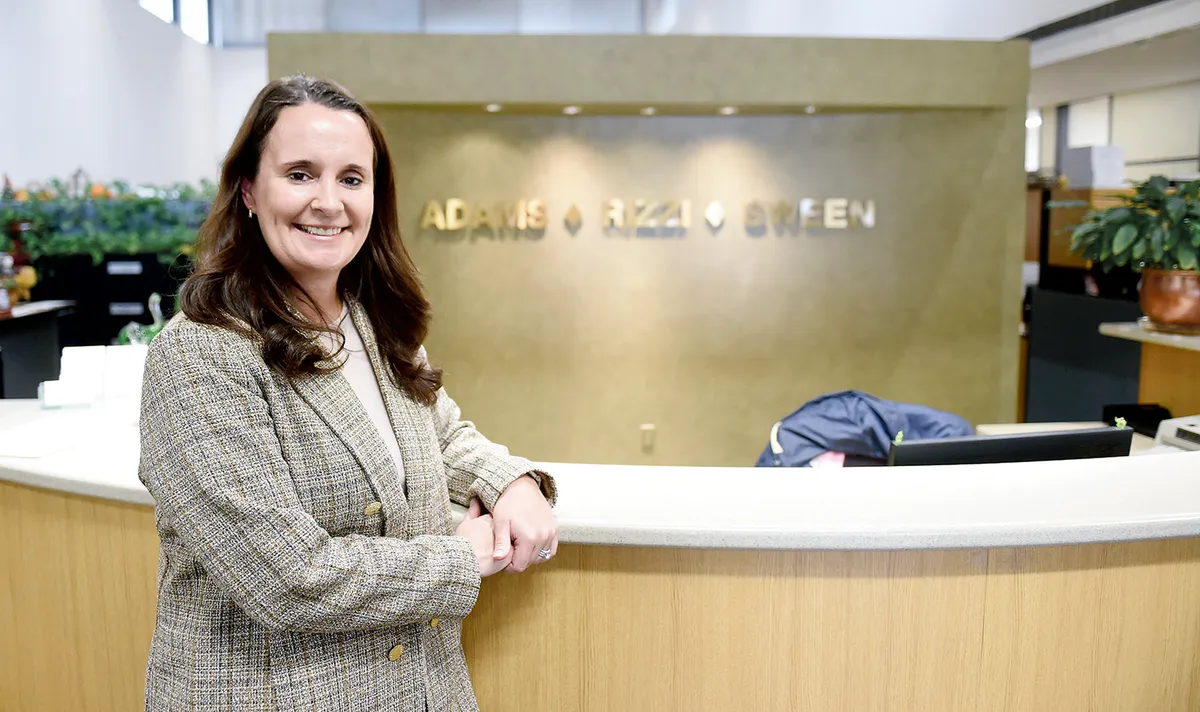Copyright hellomagazine

Michelle Obama has opened up about the fashion guidelines she followed during her time in the White House – and how she applied those same principles to her daughters, Malia and Sasha. Ahead of the release of her stylebook The Look, the 61-year-old shared an insight into her sartorial agenda, and how it has developed since her eight-year tenure as First Lady. In an interview with People, Michelle discussed how she balanced shaping her daughters’ public images while allowing them autonomy during their years in the White House. "So we had a deal," she shared. "'You work with [my stylist] Meredith [Koop] when dressing for public events.' What’s 'in' for a 13-year-old is not acceptable walking down the staircase of Air Force One. It was like, 'When you’re with us, you're like me, you're on a job. And so your choices can’t lead, but you can be a part of the process.'" She continued: "Meredith worked with them and she had those [fashion] fights. But in their own world it was all them. Barack would be like, 'Those shorts seem really short.' And I was like, 'Don’t say anything. Let them cook.'" Barack Obama and Michelle first met in June 1989, when the former joined the law firm Sidley & Austin. Michelle, then Michelle Robinson, was his senior adviser for his first three months, and declined his initial offers to date. In July 1991, nearly two years later, Barack proposed after passing the bar exam. On October 3, 1992, they tied the knot in front of loved ones at Trinity United Church of Christ in Chicago. Elsewhere in the interview, Michelle addressed the criticism she received for her style choices during her time in the White House. The former First Lady was asked about the scrutiny she faced for showing her bare arms in public. "I took it for what it was, pure hypocrisy," she said. "I could pull up pictures of Jackie O in a second and see this fashion icon in sleeveless dresses as first lady. So at a point you're like, 'Oh, this is politics. If you can't beat them, make everybody scared of them.' That was the motto. If it wasn’t the clothes, it was 'that terrorist fist bump.' It was every word that we said. It was my husband's tan suit." Michelle went on to discuss the pressure she felt to conform to a specific standard of dress. "I just understood the assignment. It was a complicated assignment," she shared. "The role of first lady is a kind of job, non-job. You know that you’re supposed to be inspirational, yet accessible. You should be uniquely yourself, authentic, but representational at the same time." She continued: "And as a Black woman, I felt that I had to make sure that people could see my feminine side. Especially early on in the campaign, when I was being attacked as being angry, a shrew, demeaning my husband – all these labels were coming in on me that were essentially trying to rob me of that femininity. I understood that, going into it. And I didn’t feel like it was a struggle to do it, because number one, I respected the position. I took the role as first lady very seriously. I was a famous person, but I wasn’t a starlet. And so that meant that the clothes could never speak louder than anything I had to say."



